MONS & FABS = Monstrous fashion for fabulous people. YAAAAS! I was asked do a shoot by Nathan for his newly launched online shop. I wrote about this vintage shop full of high end but also no name precious and hand-picked vintage pieces and also shot these before HERE. Working with Nathan is always a blast! He super energetic and one learns A LOT just being around him talking fashion and styling. His vast knowledge is anything but clearly visible in these looks; all styled by him. Recently, the shop open an ‘Atelier Schneider-Service’, where your clothes can be altered to fit you perfectly. As I mentioned in the Louise post, a part of his business is a label called Vintage label, where Nathan and his team re-design and alter older vintage pieces of clothing and scrap materials making them trendy and sellable – like the two coats in the big pictures below, the navy one with brown fur and white one with fur sleeves. What follows is an short interview with Nathan. Holla!
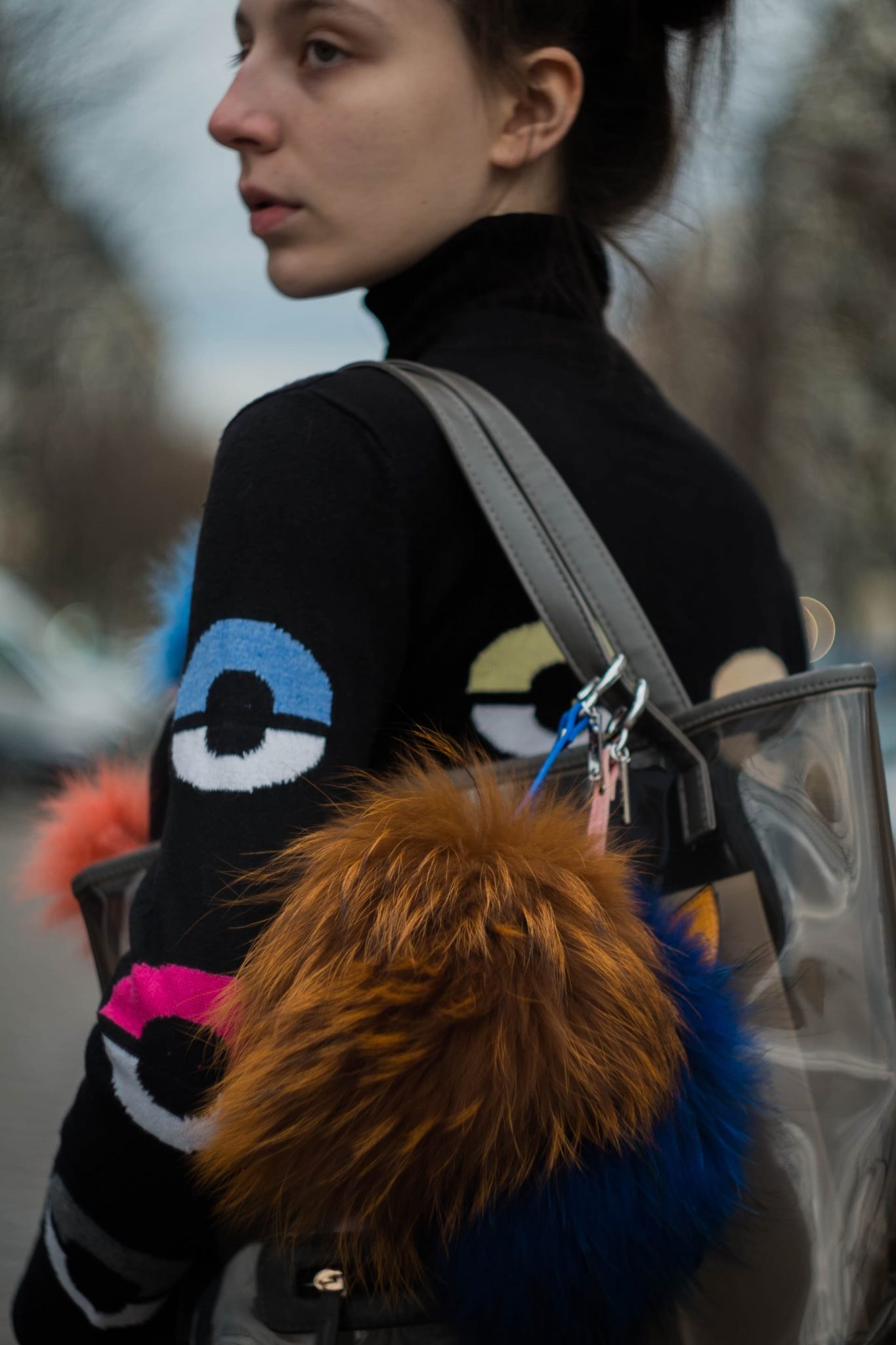
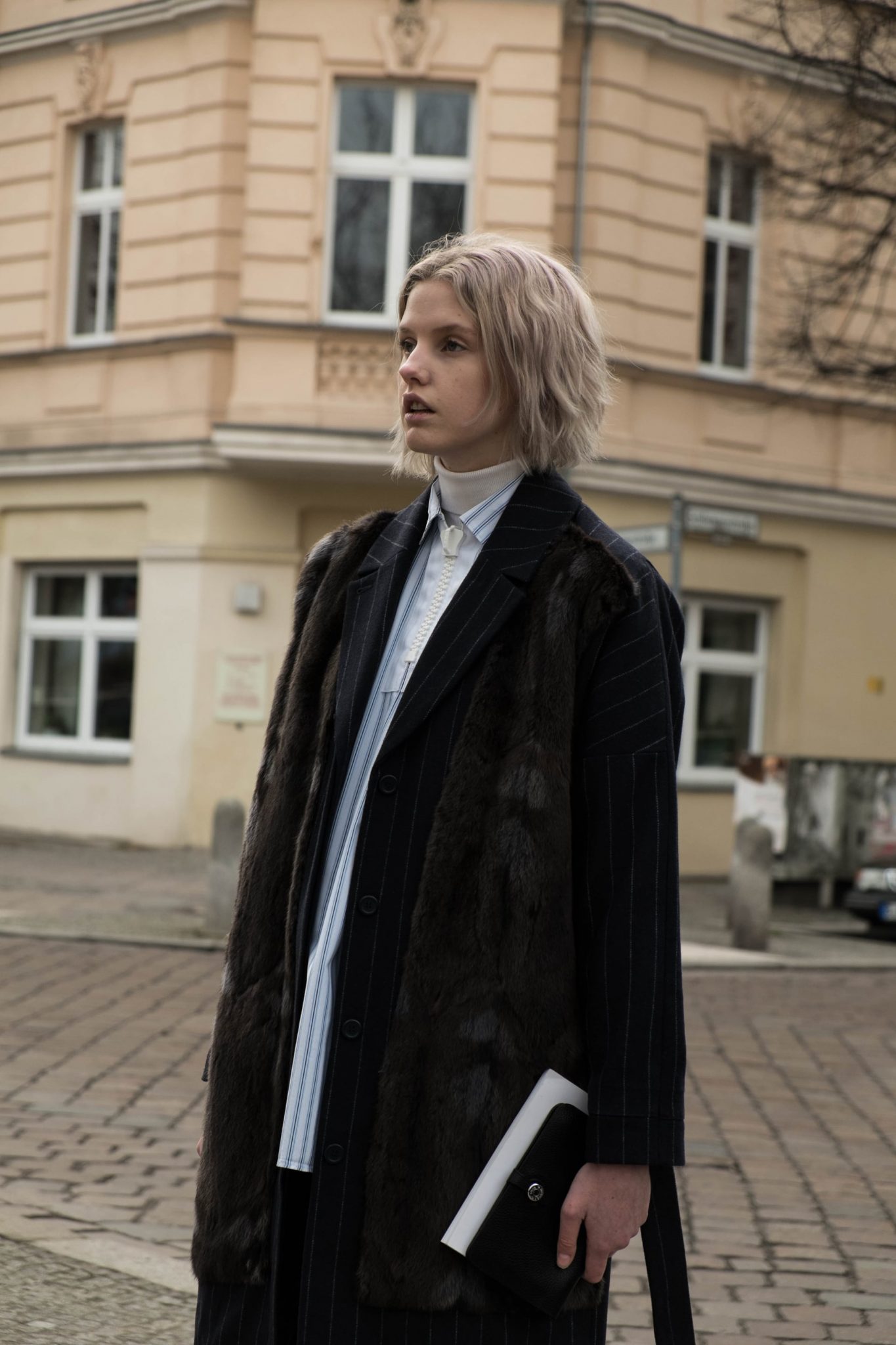
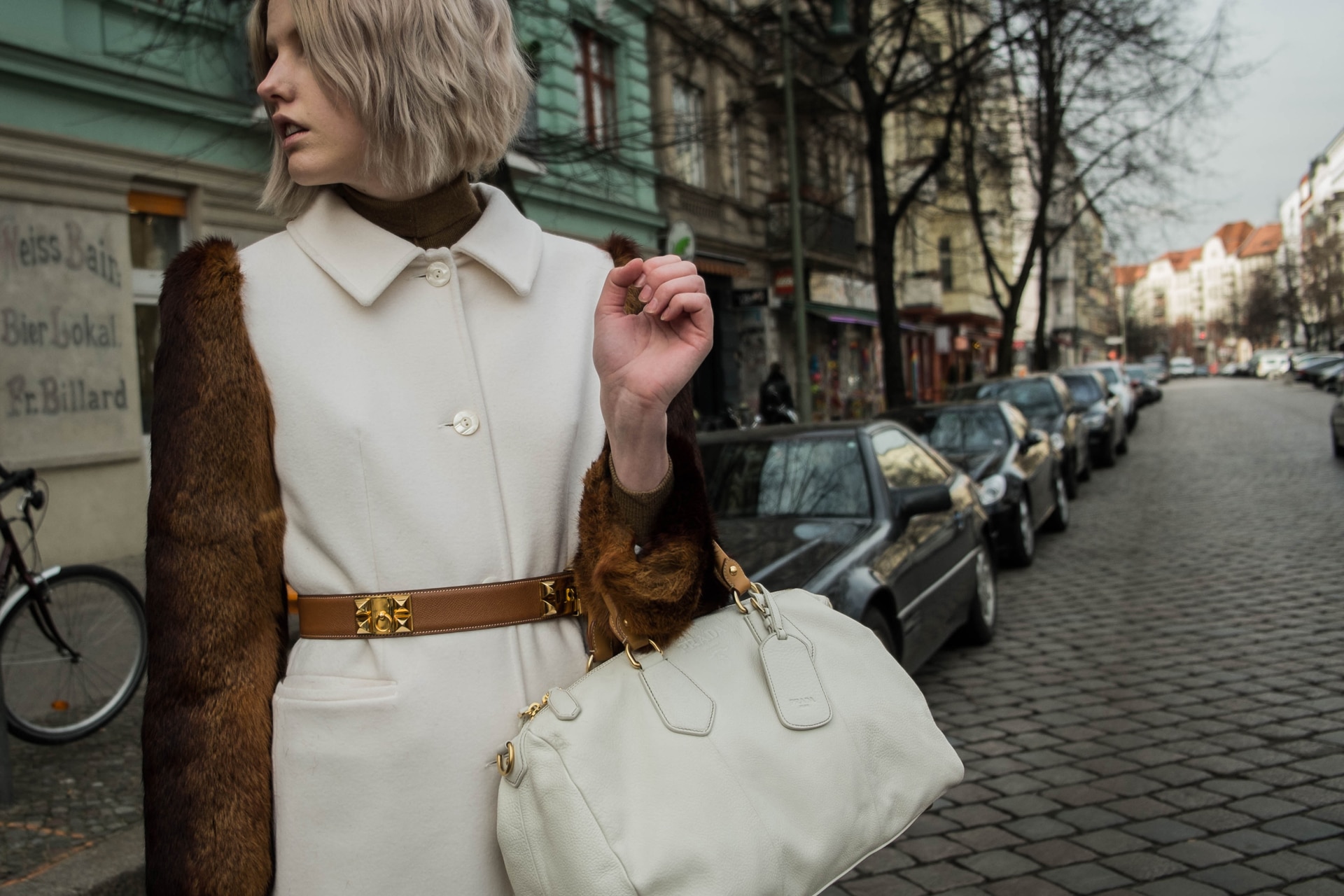
M: What does vintage mean to you?
N: Well, as a start, I think the term’ vintage’ is a bit reductive, as the common language adopted this alleged time-related term and attached it to any old garment, regardless to its age, era or manufacture. A few know, the term “vintage” was originally derived from the dating of a bottle of wine, where the vintage date, or the date the grapes were grown, gives some added information about the value of the wine. If the vintage year was a good one for grapes, it indicates that this wine is of high quality. When it comes to fashion, the loosest meaning implies that the item is of a fashion that was popular in a different era, and, is at least 20 years old then the current date. When actually, used in this sense, “vintage” may not even mean that it was produced in that era, but simply that it mimics the iconic fashions of that era. This can cause trouble, since so many second-hand and ‘vintage’ stores are stating their products as ‘vintage’, and consumers are being misled while expect the term to have a certain value when applied to their purchase. Some look to the labels attached to the item to determine such value, but this only holds true if the attached labels adhere to some standard definition of terms. In most cases, an item is simply old, or even just “ragged,” and should be given no extra value for its age. So I do believe putting the label of “Vintage” on such an item implies added value, yet if the item doesn’t fit the generally accepted definition of the term applied to it, this could be considered disingenuous.
M: Why do you like it?
N: Above all, I like craftsmanship and I like the vision behind the garment. And by collecting and selling ‘used goods’, regardless to its origin as mentioned above, it is also very social, we also set a ground, it is strictly forbidden to deal with sweat-shop based brands. I would also like to consider myself as a collector, maybe even a hunter, since there’s a great deal of enjoyment in the search for an exclusive piece no one can ever get, so I’ve decided to make a profession from the love to it. Though I must add, its not always easy or fun, and one must possess fine taste, great knowledge of fashion and general history, aside to endless patience to go through racks on racks on racks of mixed ragged garments to find the ultimate vintage piece which will catch my eye. Very often I relate to a certain garment for its legacy, and sometimes drawn to another due to its anonymous yet clearly sophisticated or luxurious technique or design, and that, for me, is very rewarding.
M: Do you think there’s any significance to producing new clothes when there’s already too many (apart from making financial profit)?
N: Good question, since this is exactly what our store’s independent brand ‘VINTAGE LABEL’ guideline is: why to newly-create, when we can innovate by recreate? Then again, are we talking business wise, or social wise? As an unstamped couture, designed and handcrafted in Berlin, by highly qualified seamstresses, ‘Vintage label’ addresses to a specific target group, it carries qualities that are not familiar with the common consumer. The premium materials and delicate fair-trade craftsmanship, makes these garments out of reach for the common costumer. We often face clients with these special designs, though due to the price or other reasons, unfortunately, we realized they either can’t evaluate and then appreciate the unique craftsmanship, or simply don’t care about this groundbreaking environment friendly and social concept. However, fashion is a business; therefore it will always be driven by financial profit. From my experience, knowing the recycled garment disadvantages: such as uncertain duration of manufacturing, high risk to fail to keep up with the market demand, the expansive craftsmanship and a head-start questionable quality, all of those make recycled fashion not profitable. Furthermore, I honestly think that before we ask if there’s any significance to producing new clothes when there’s already “too many”, we first have to acknowledge the benefits of fashion’s evolution: Due to the constant development of technology, we are witnessing a revolution; this so-called industrial revolution is very valuable for fashion, as it is for politics and veritable aspects of life. It is merging new techniques with classic materials, transforming artistic vision into ready-to-wear garments, bringing to life cutting edge design, which was simply impossible to produce 30-50 years ago. Personally, I believe there’s a necessity for ‘new clothes’, due to climate change, modern society-codes and our ever-growing needs are all in constant growth, Those ‘new clothes’, are simply another form of adjustment.
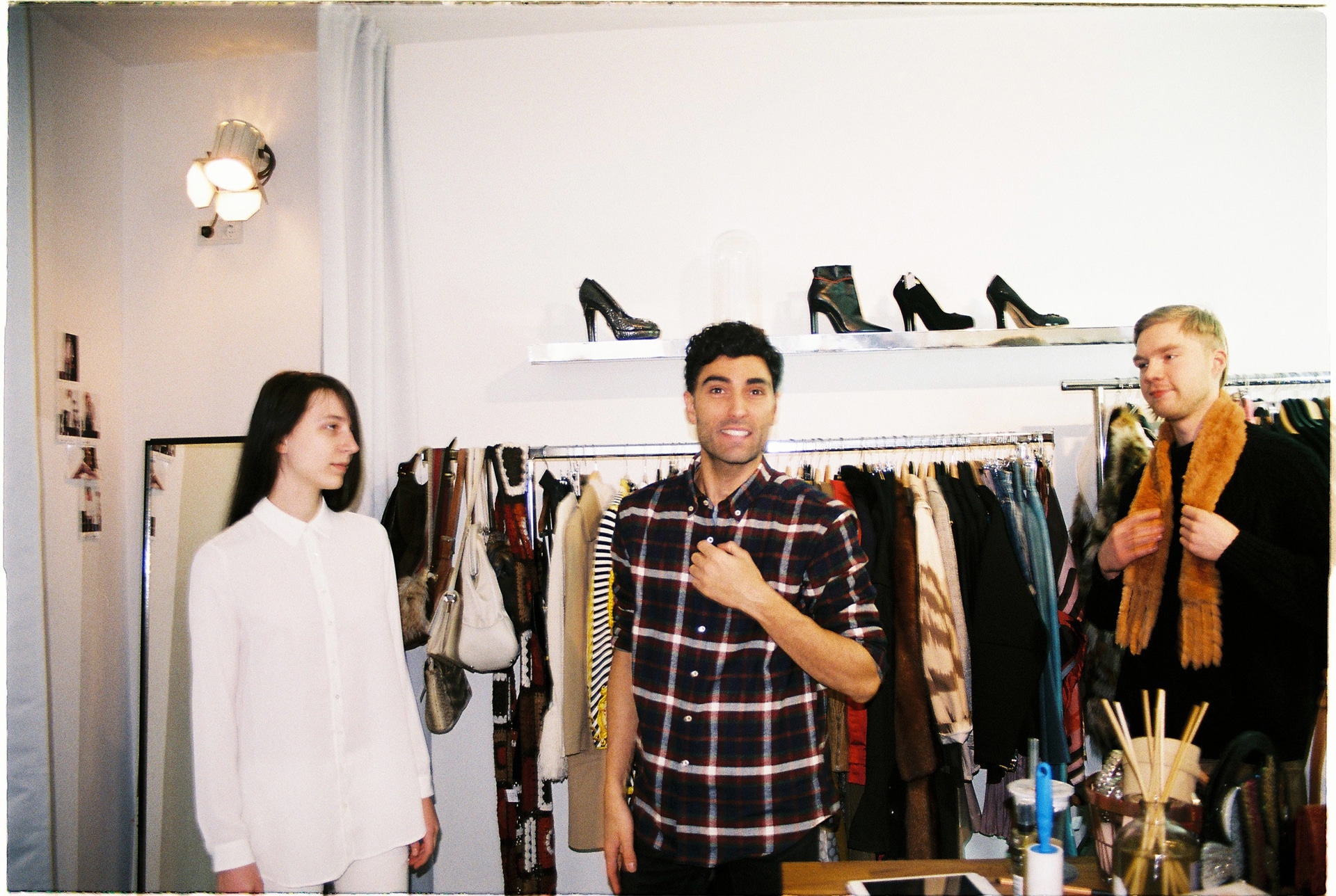
Here are also a few backstage and my double exposure photos. The blond short haired girl’s name is Veronica and we became good friends – bonding during the shoot over our mutual disgust of patriarchy, interest in gender issues and fashion dilemmas 🙂 She’s also a wonderful photographer – check out her work HERE.
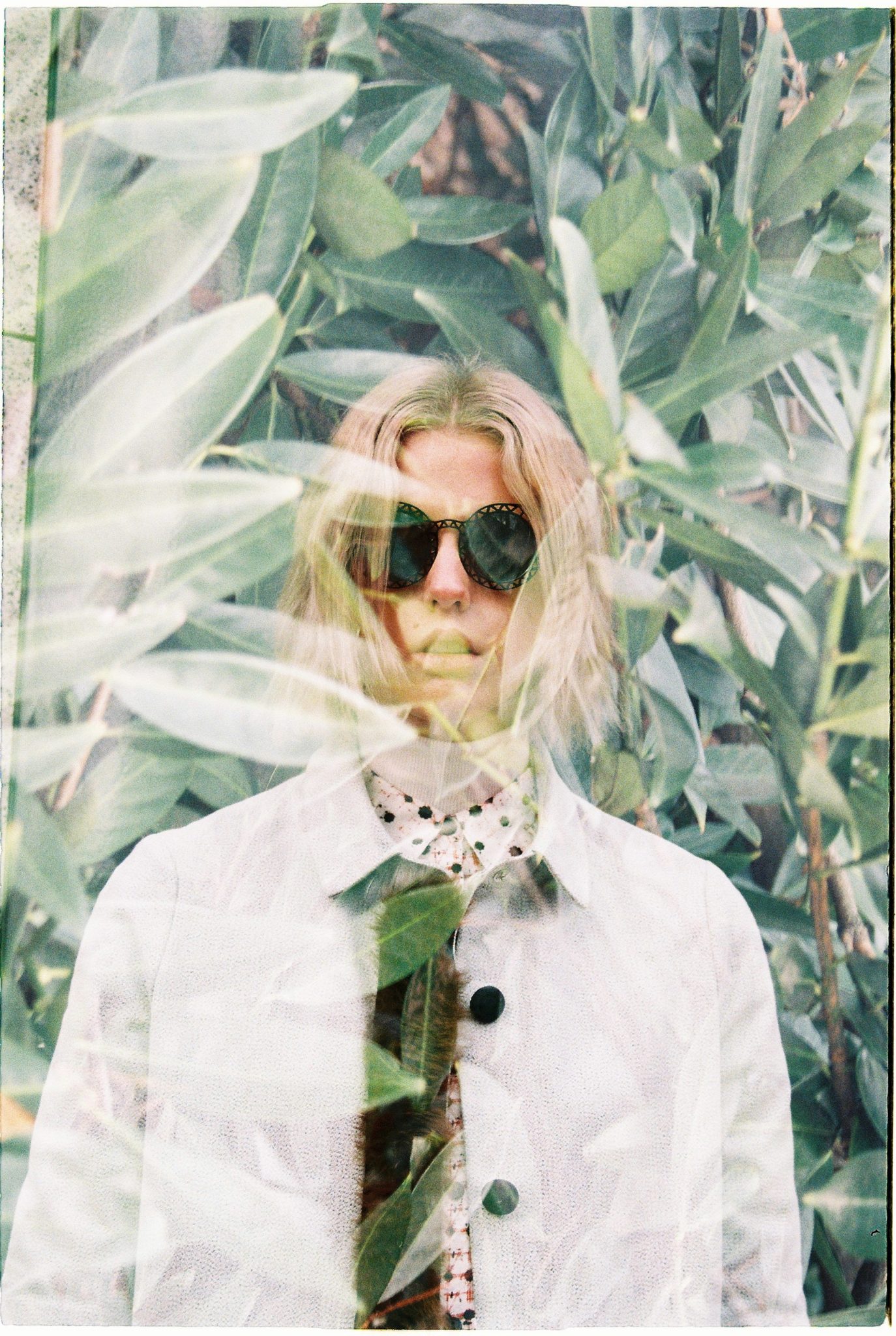
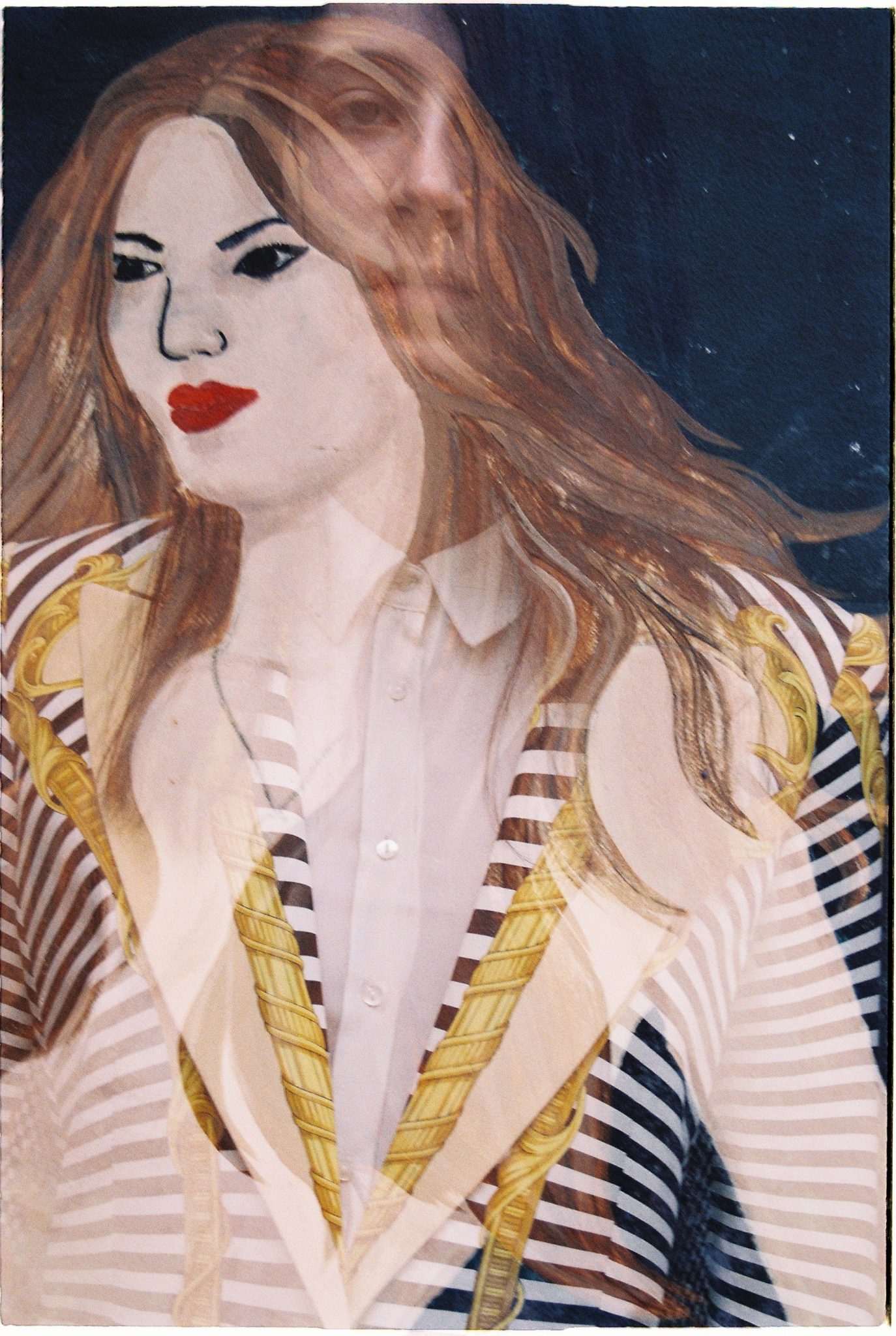

Very often I relate to a certain garment for its legacy, and sometimes drawn to another due to its anonymous yet clearly sophisticated or luxurious technique or design, and that for me, is very rewarding.
Melisa Minca
1 Comment
Add comment Cancel reply
This site uses Akismet to reduce spam. Learn how your comment data is processed.

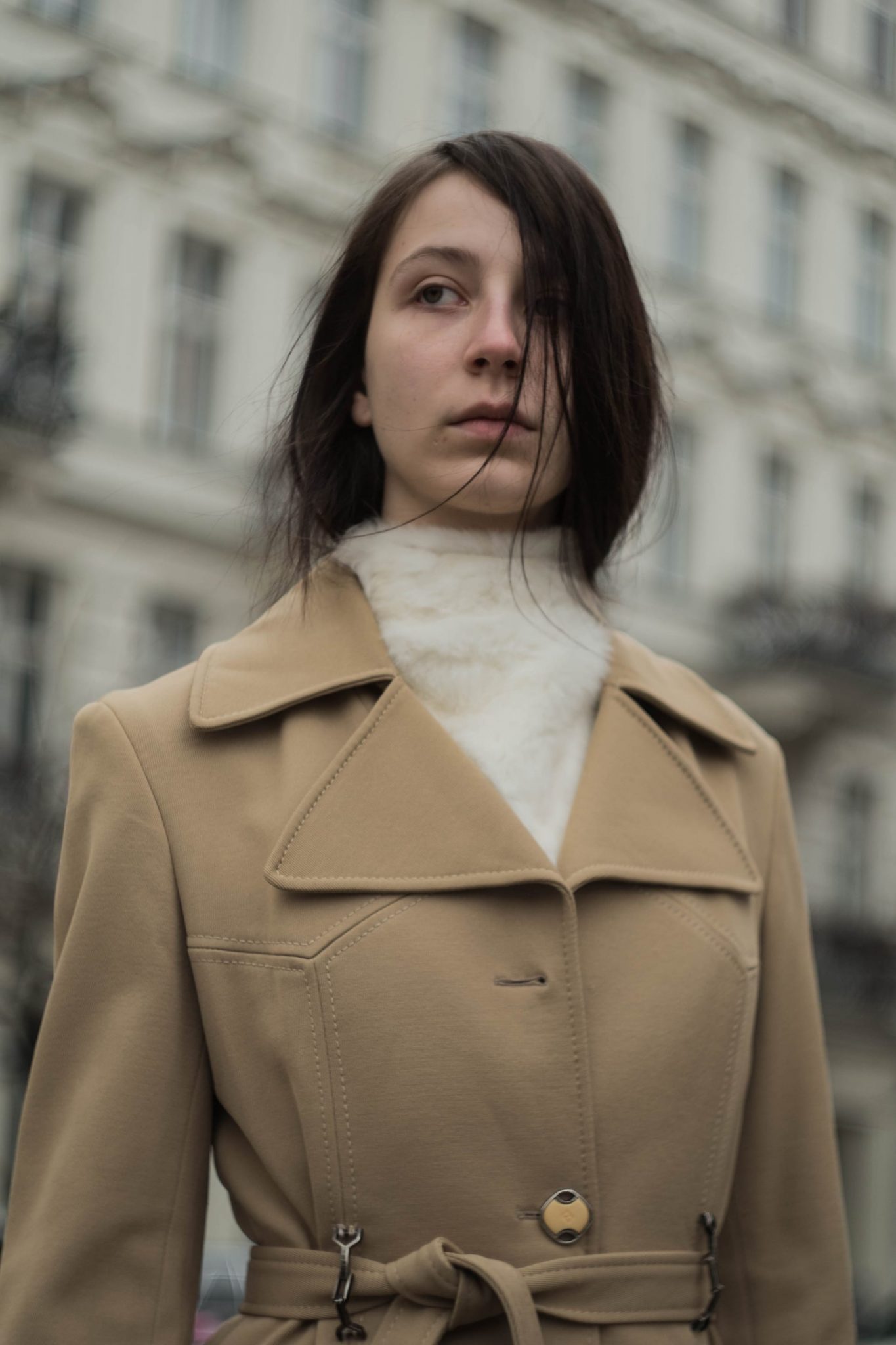
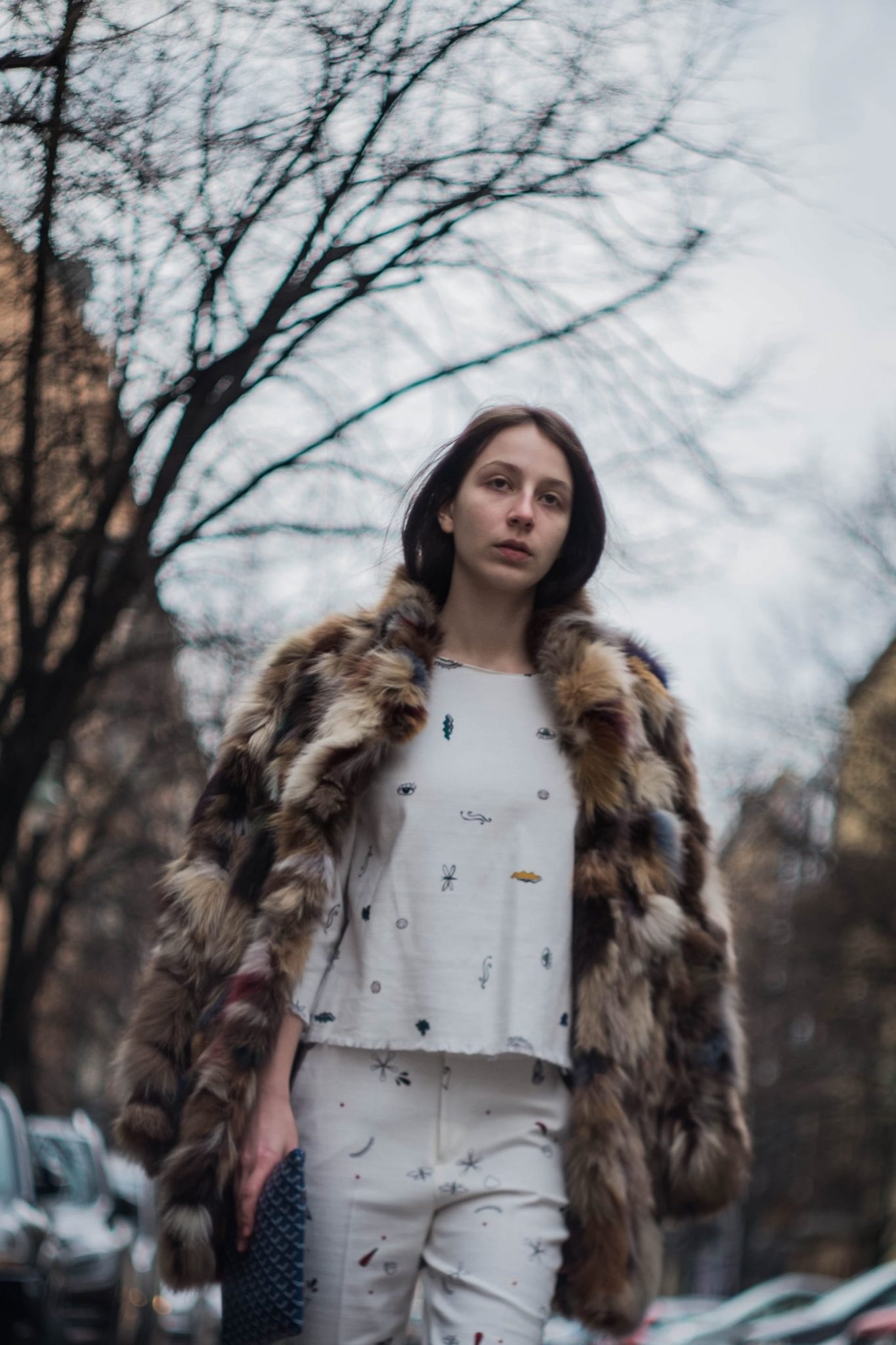
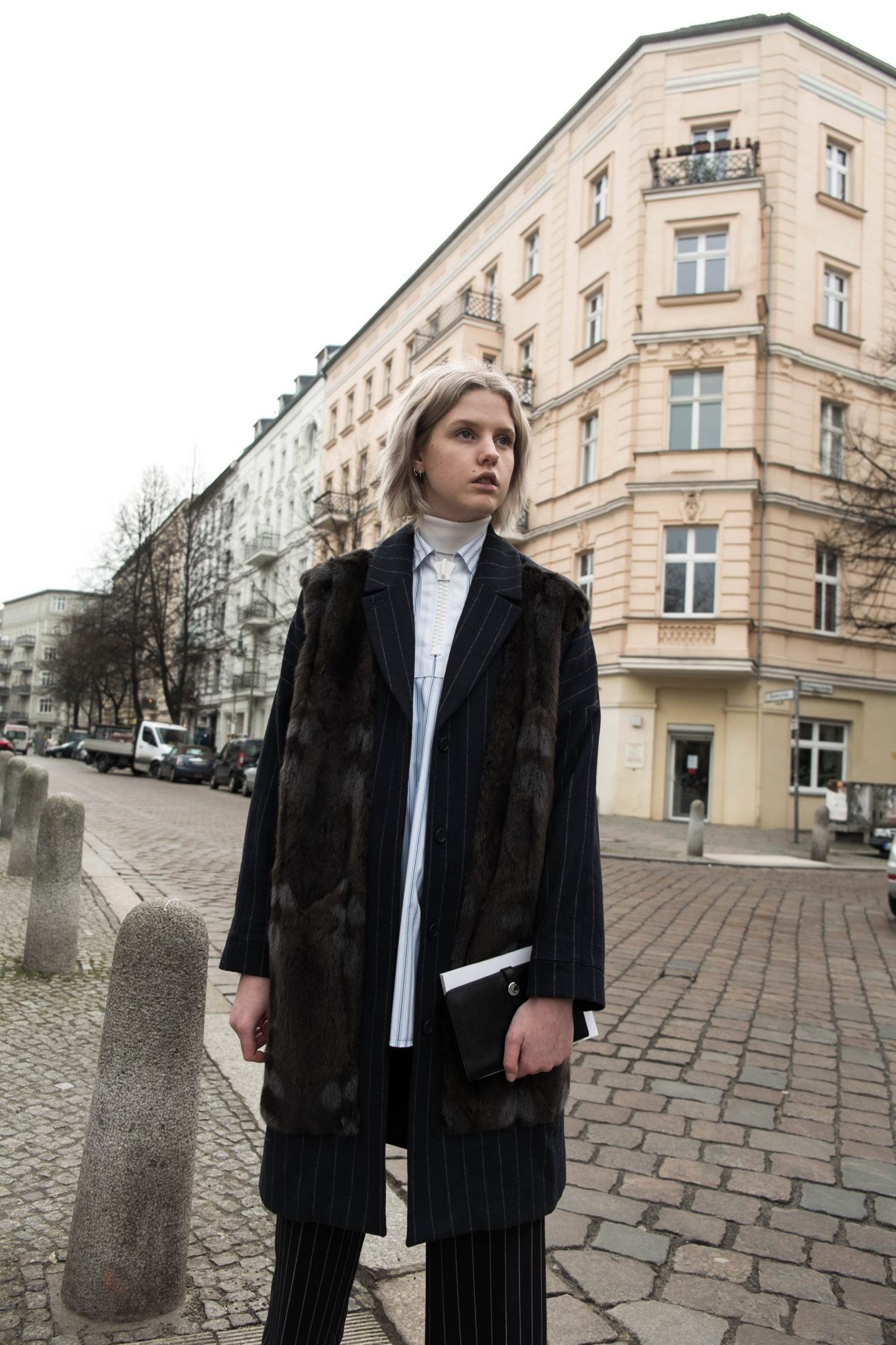
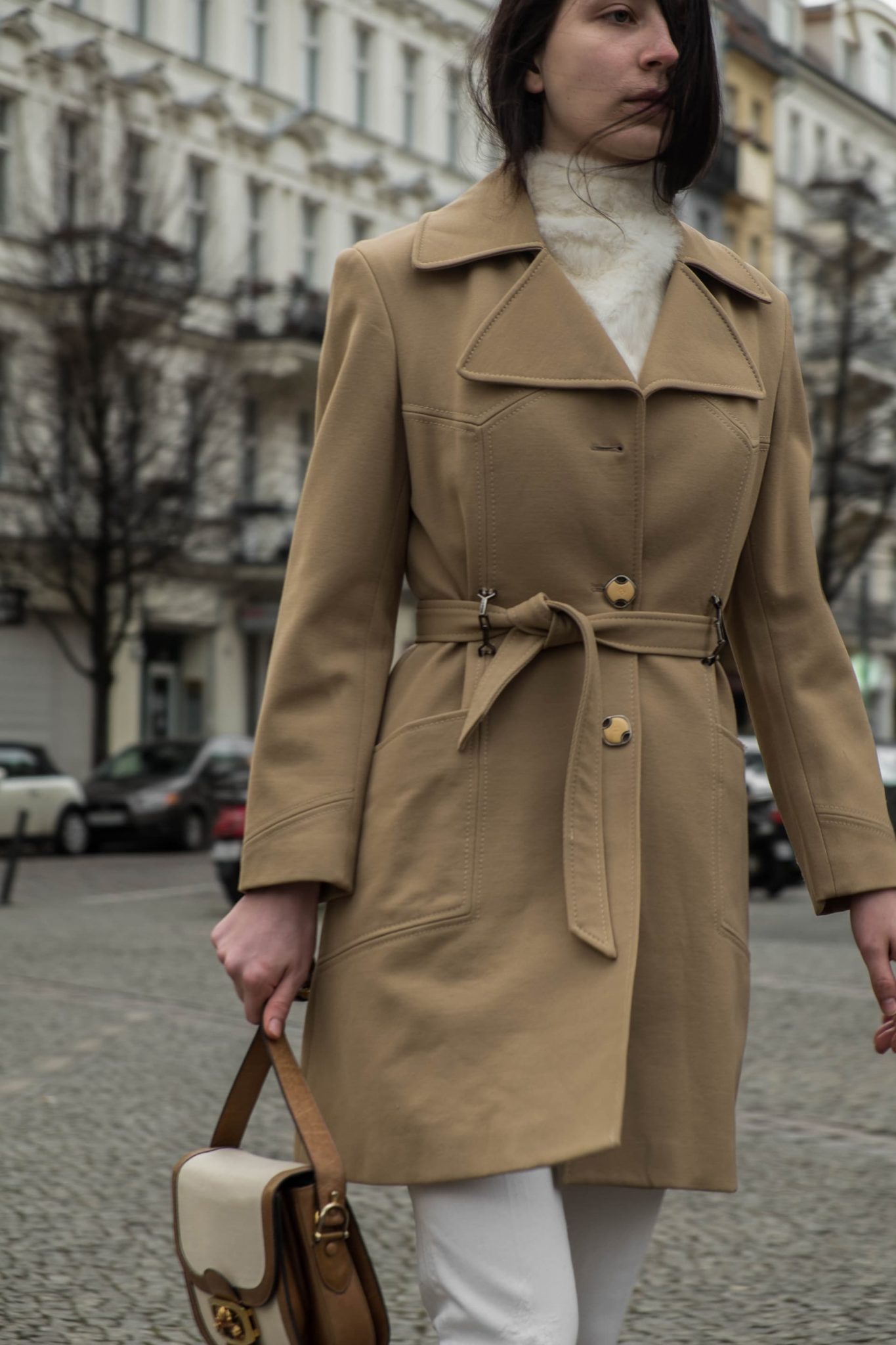

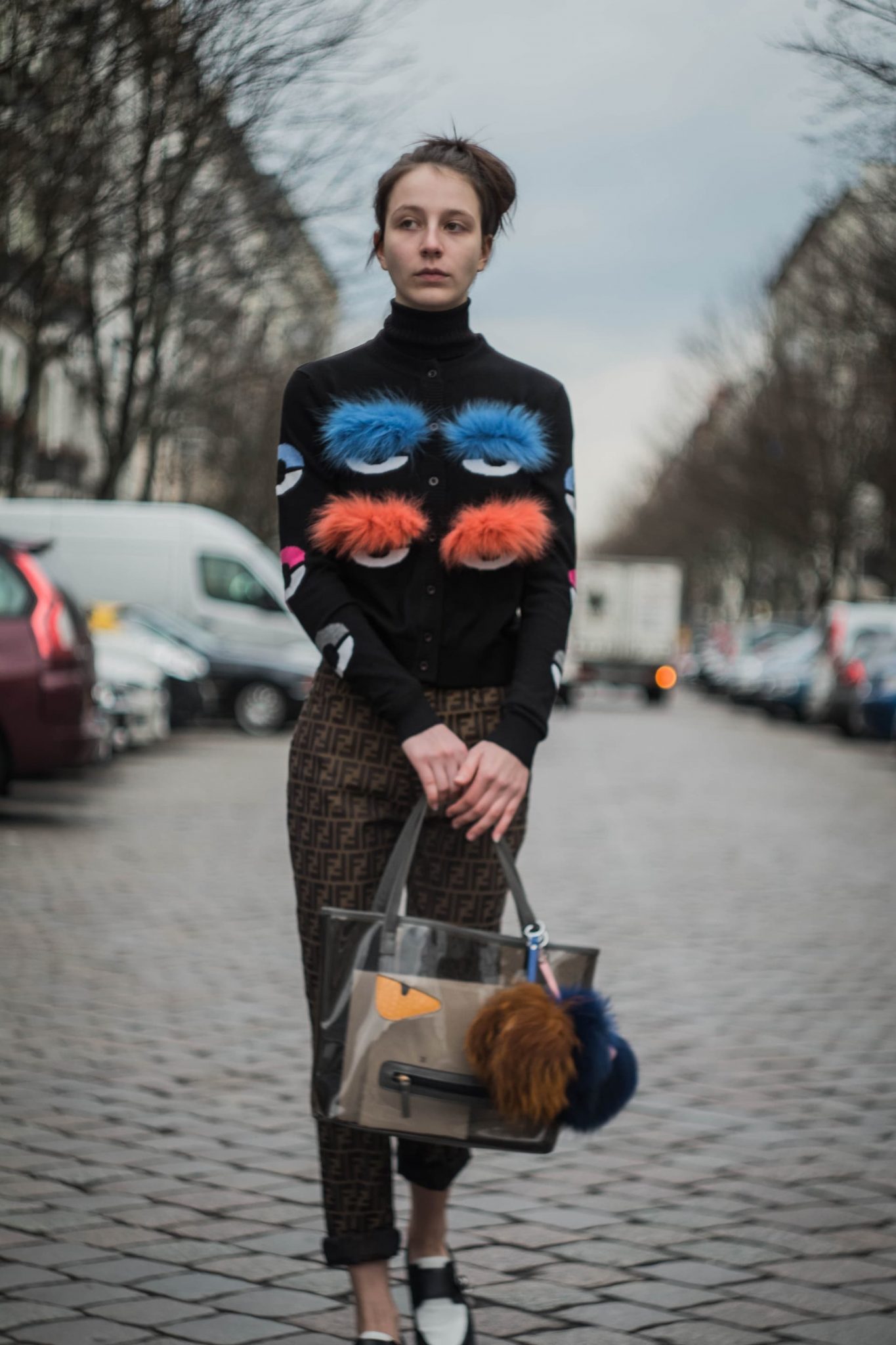
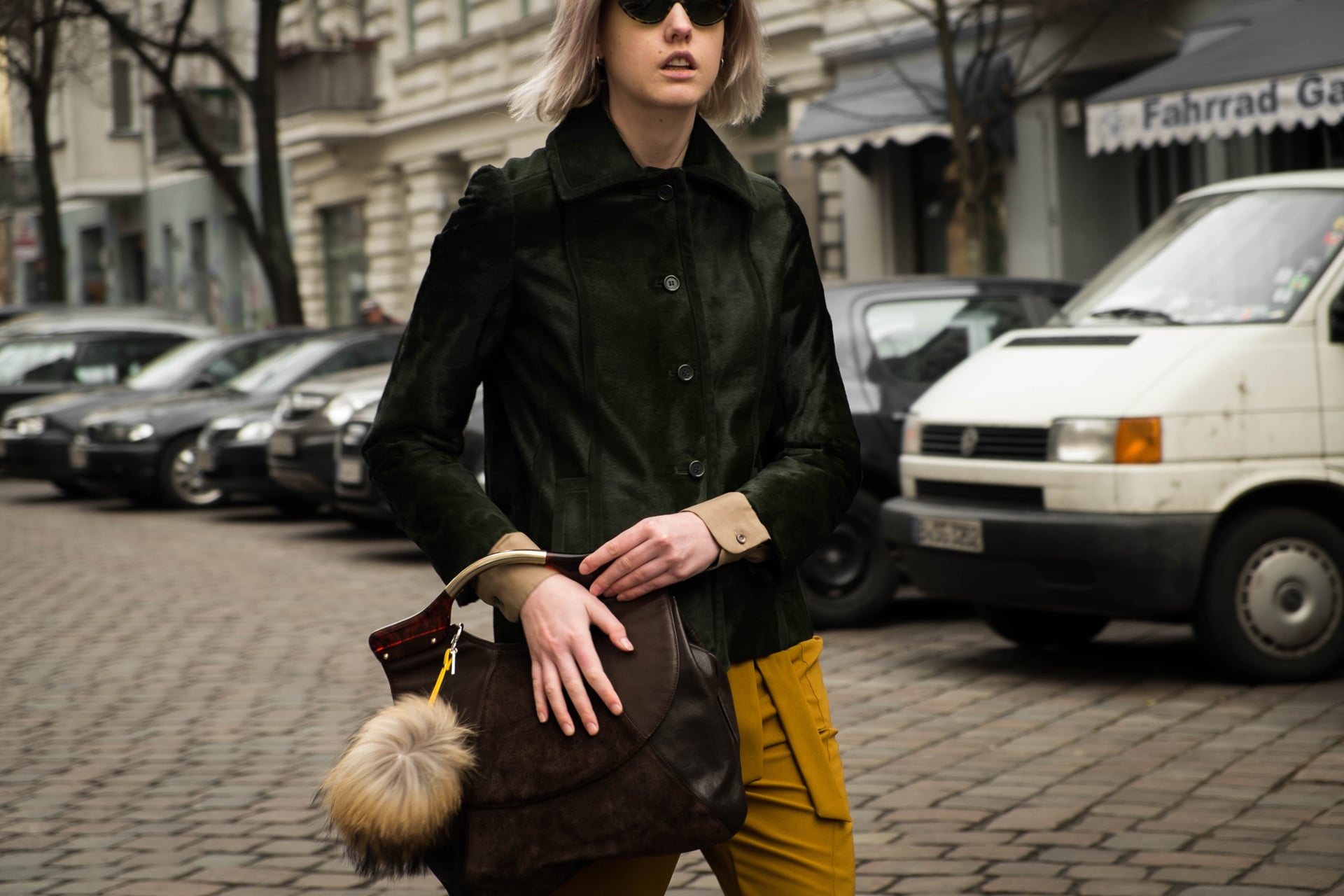
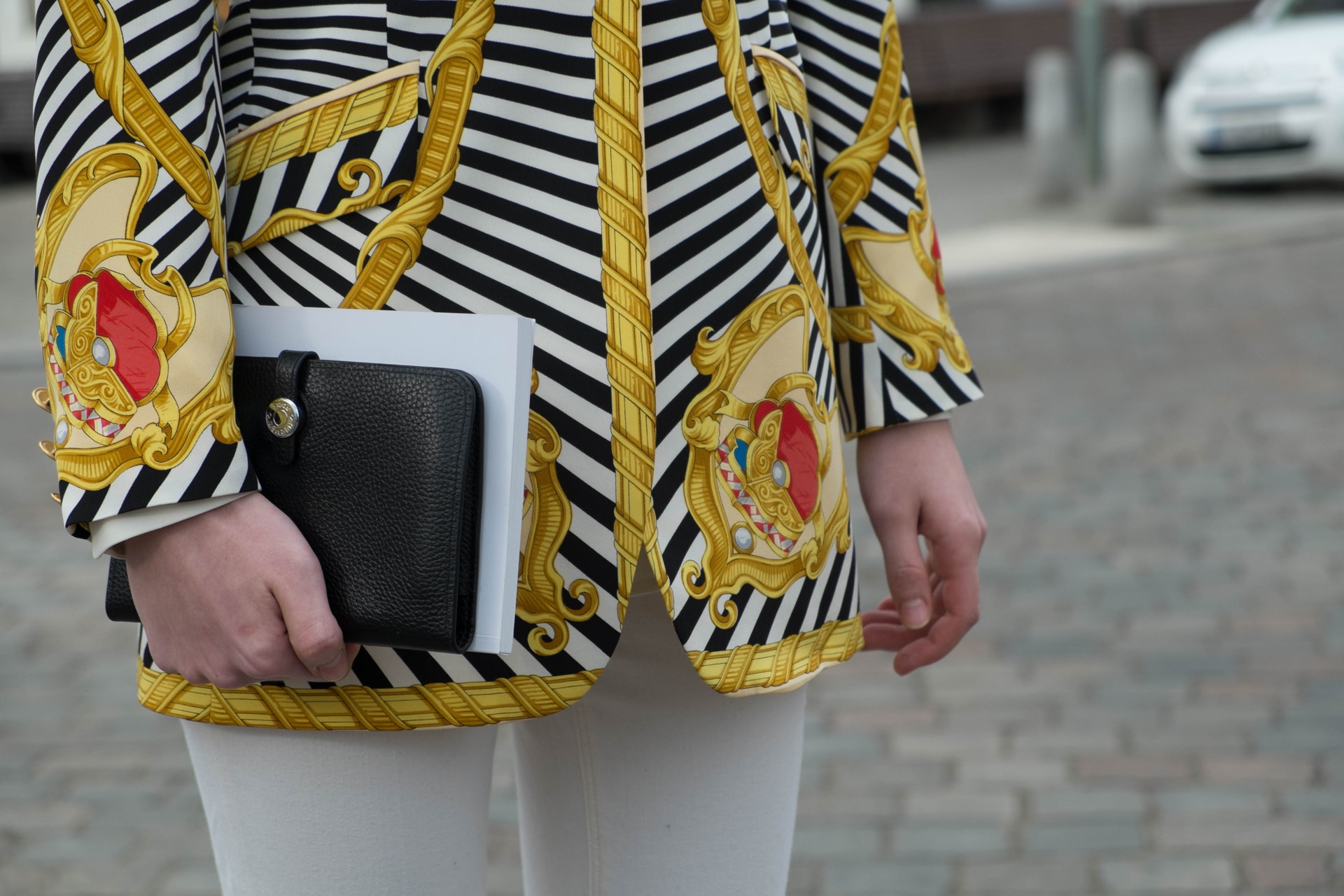
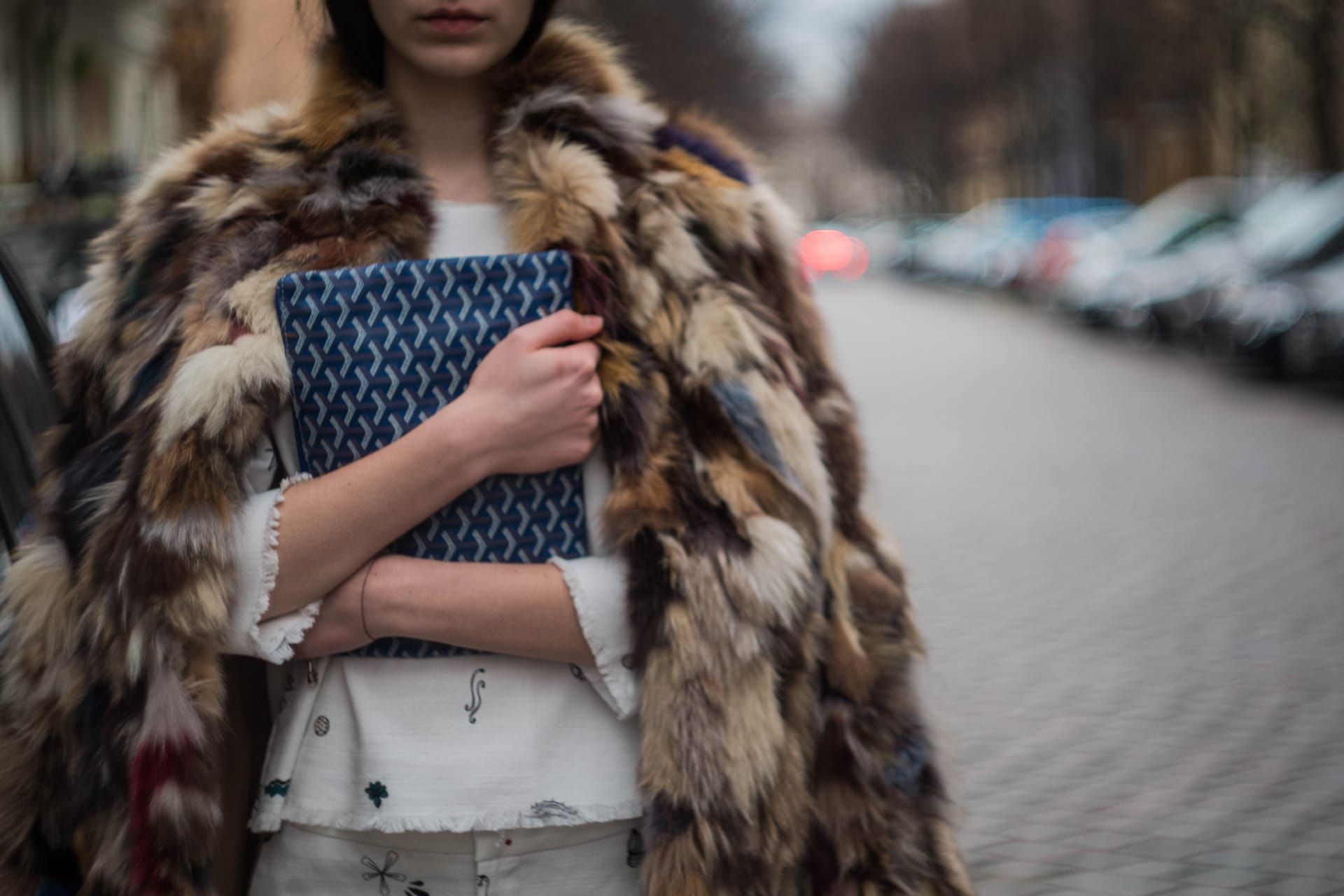
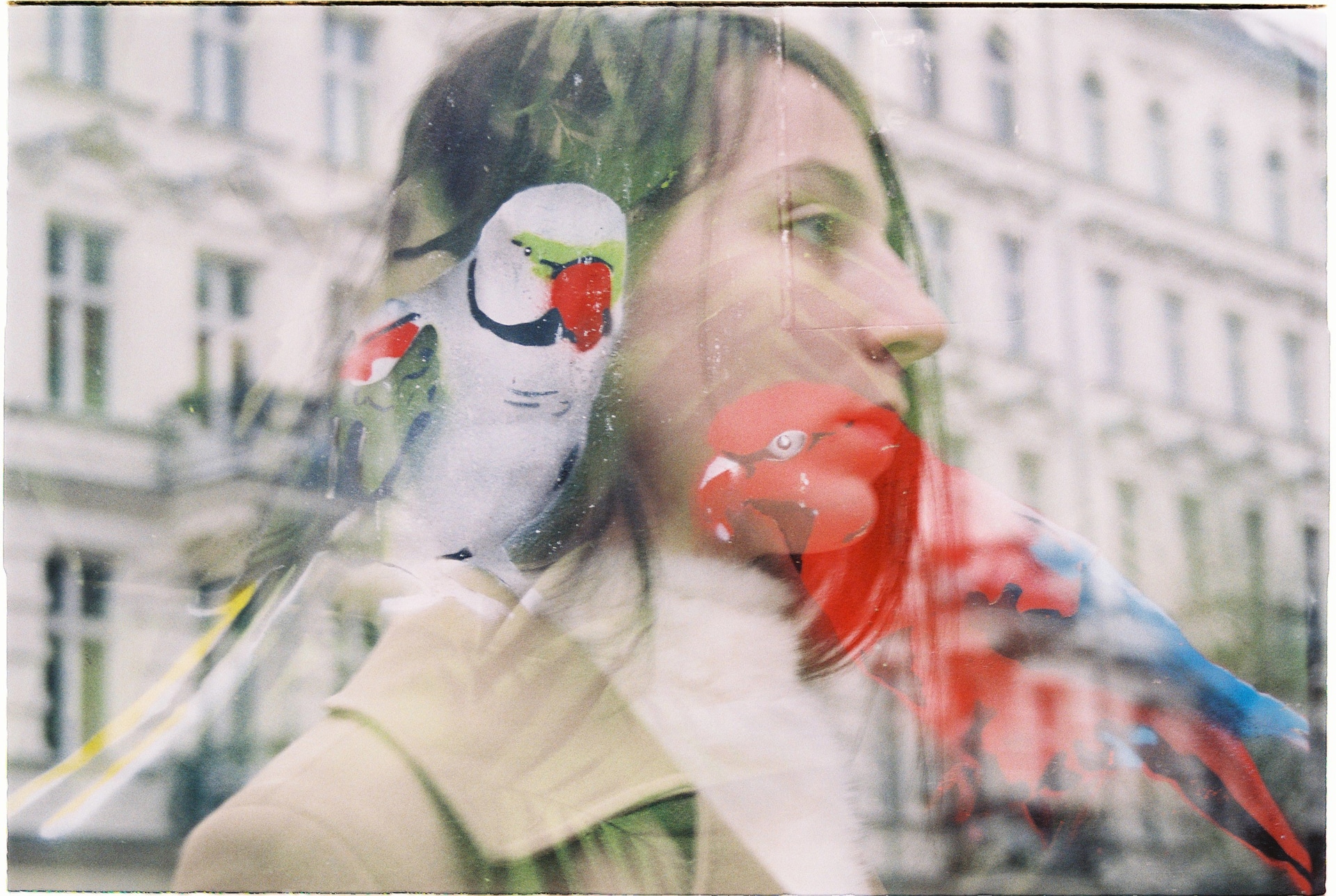
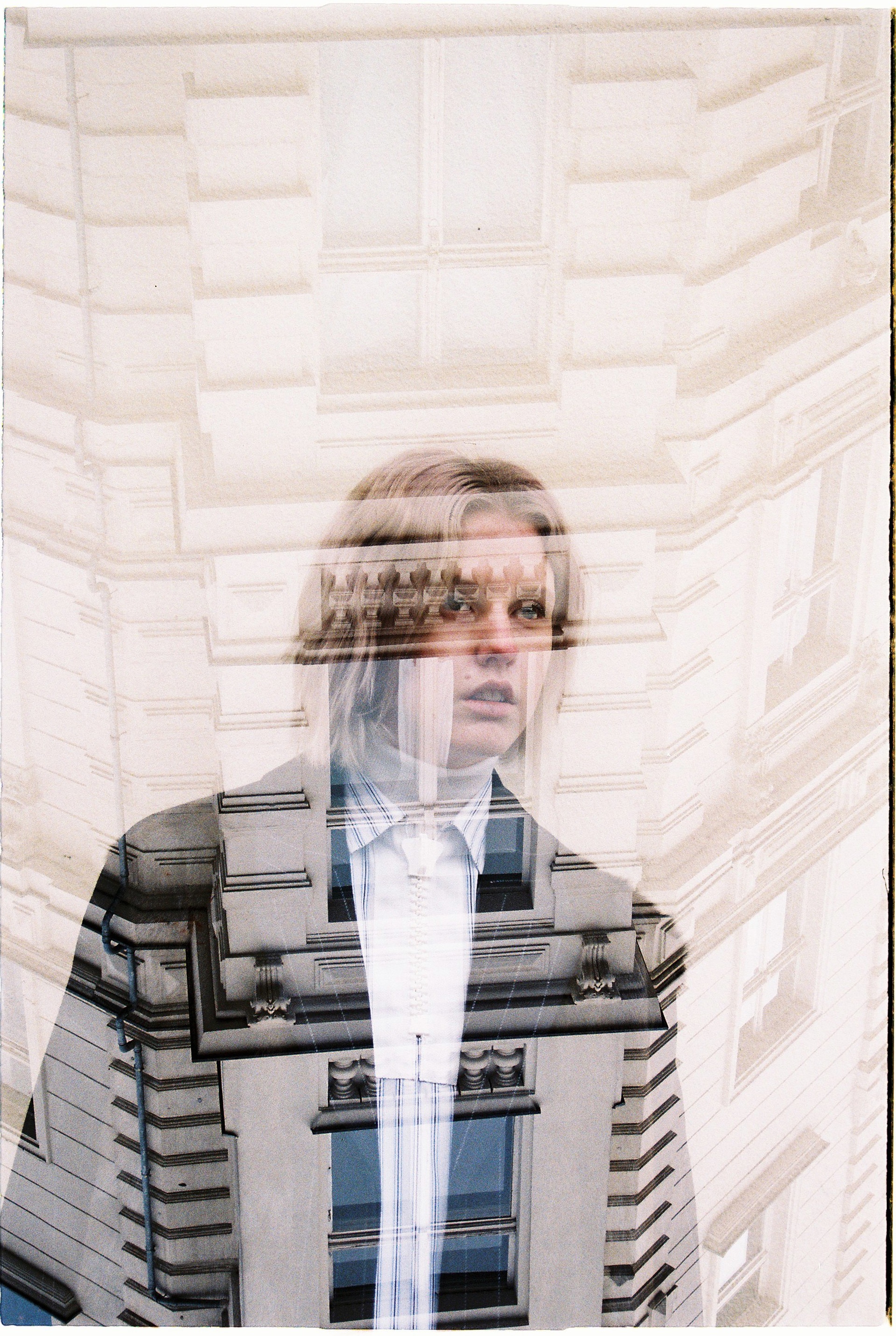
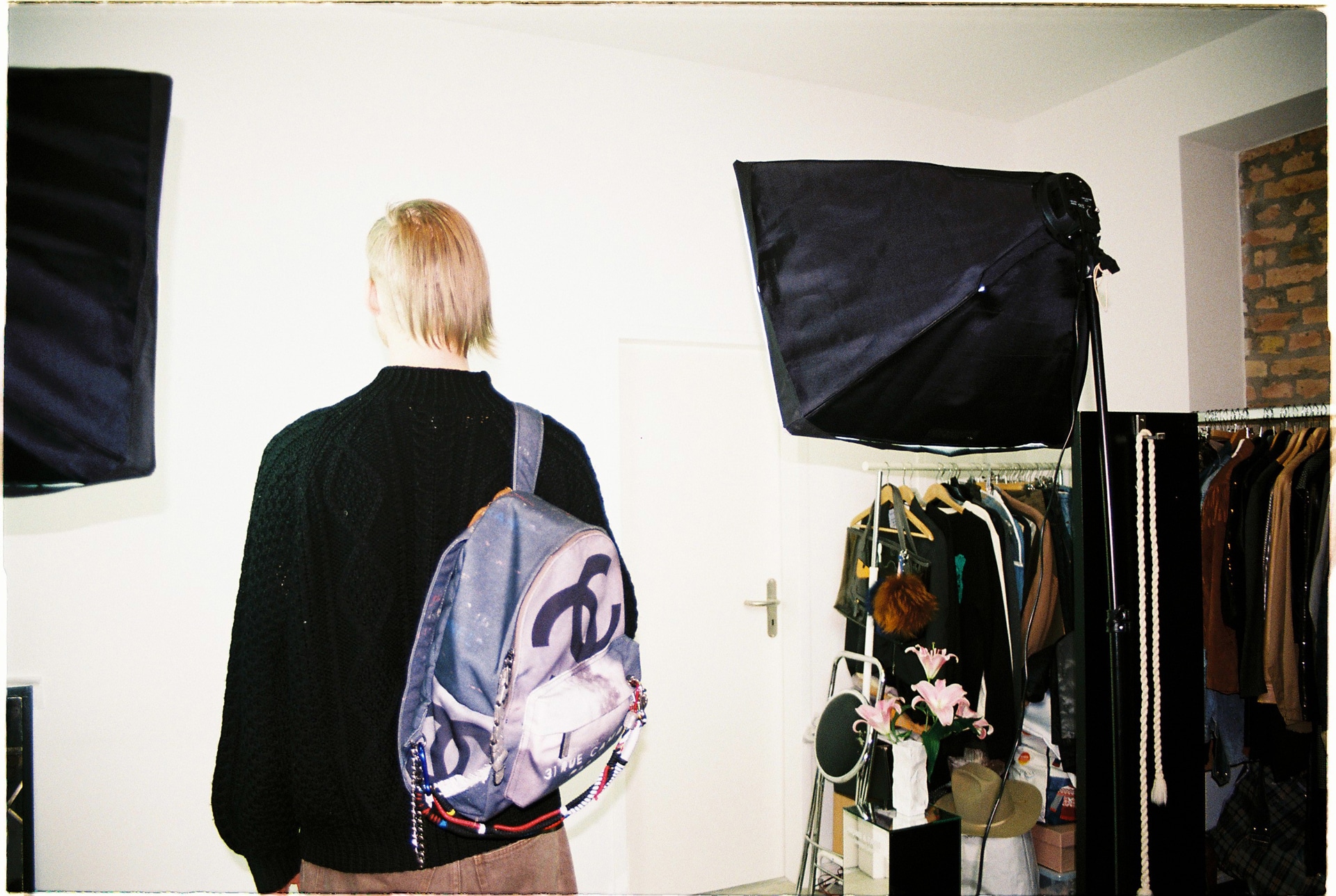
Nathan is very talented! He picked up the best looks from his collection and presented it in its best way for his online shop essay dune. Models are great especially the girl Veronica.